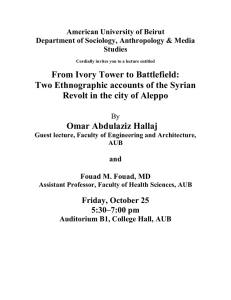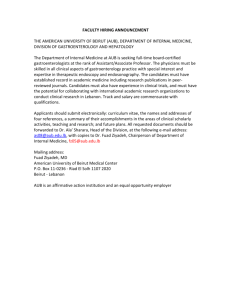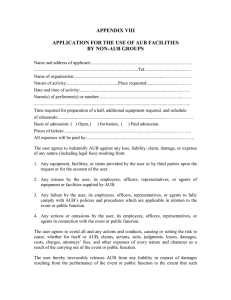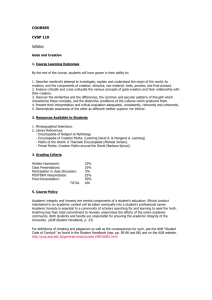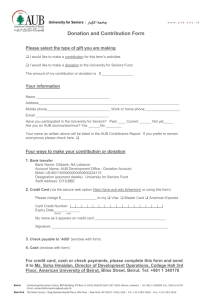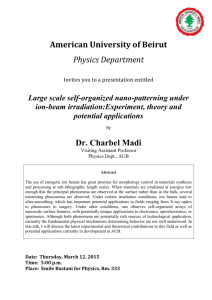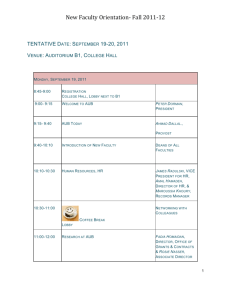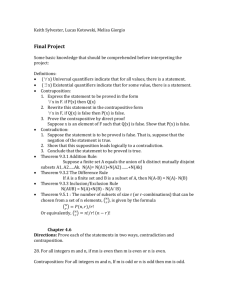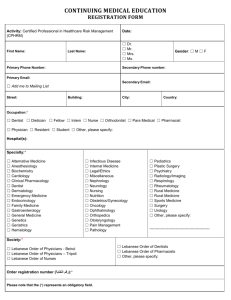PROBABILITY AND STATISTICS Do in notebook in organized
advertisement
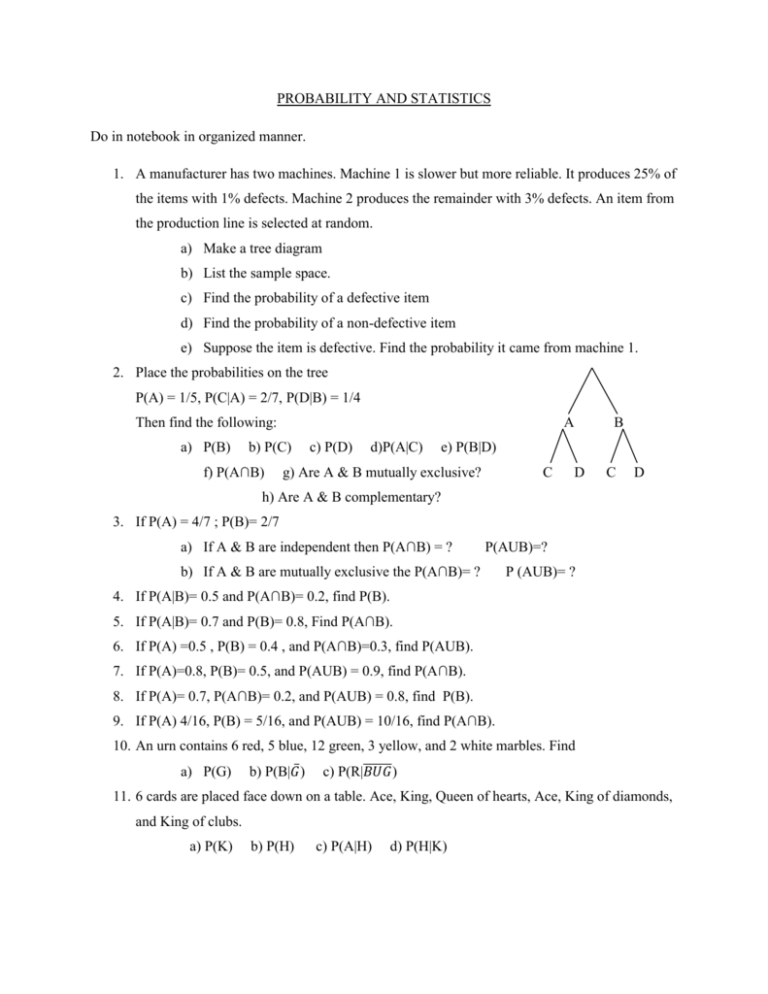
PROBABILITY AND STATISTICS Do in notebook in organized manner. 1. A manufacturer has two machines. Machine 1 is slower but more reliable. It produces 25% of the items with 1% defects. Machine 2 produces the remainder with 3% defects. An item from the production line is selected at random. a) Make a tree diagram b) List the sample space. c) Find the probability of a defective item d) Find the probability of a non-defective item e) Suppose the item is defective. Find the probability it came from machine 1. 2. Place the probabilities on the tree P(A) = 1/5, P(C|A) = 2/7, P(D|B) = 1/4 Then find the following: a) P(B) A b) P(C) f) P(A∩B) c) P(D) d)P(A|C) B e) P(B|D) g) Are A & B mutually exclusive? C D C D h) Are A & B complementary? 3. If P(A) = 4/7 ; P(B)= 2/7 a) If A & B are independent then P(A∩B) = ? P(AUB)=? b) If A & B are mutually exclusive the P(A∩B)= ? P (AUB)= ? 4. If P(A|B)= 0.5 and P(A∩B)= 0.2, find P(B). 5. If P(A|B)= 0.7 and P(B)= 0.8, Find P(A∩B). 6. If P(A) =0.5 , P(B) = 0.4 , and P(A∩B)=0.3, find P(AUB). 7. If P(A)=0.8, P(B)= 0.5, and P(AUB) = 0.9, find P(A∩B). 8. If P(A)= 0.7, P(A∩B)= 0.2, and P(AUB) = 0.8, find P(B). 9. If P(A) 4/16, P(B) = 5/16, and P(AUB) = 10/16, find P(A∩B). 10. An urn contains 6 red, 5 blue, 12 green, 3 yellow, and 2 white marbles. Find a) P(G) b) P(B|𝐺̅ ) ̅̅̅̅̅̅ ) c) P(R|𝐵𝑈𝐺 11. 6 cards are placed face down on a table. Ace, King, Queen of hearts, Ace, King of diamonds, and King of clubs. a) P(K) b) P(H) c) P(A|H) d) P(H|K) Probability worksheet 1. Assume that 80% of the drivers are rated as “good” and 20% are rated as “poor”. Suppose that 3% of all “good” drivers receive a ticket and 15% of all “poor” drivers receive a ticket. What is the probability that a driver is “good”, given that he received a traffic ticket? 2. Suppose that a certain disease can be detected by a laboratory blood test with probability 0.94 (that is, if a person has the disease, the probability 0.94 that the test will reveal it.) Unfortunately, this test also gives a “false positive” in 1% of the healthy people tested (that is, if a healthy person takes the test, it will imply [falsely] that he has the disease with probability 0.01). Suppose that 1000 persons are tested, of whom only 5 have the disease. If one of the 1000 were selected at random, find that probability that : A) He is healthy B) The test shows “positive” C) He is healthy, given that the test is “positive.”
